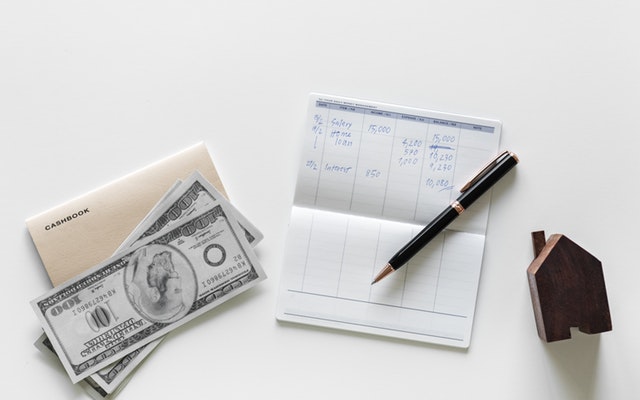A home equity loan makes it possible for you to borrow against your current home value. This type of loan is easier to qualify for over types of loans simply because the loan is secured. The difference between the current market value of your home less the amount you still have to pay for the property is your home equity.
Here is another example.
Example 1: You purchased your home 10 years ago at $302,000 (based on Sydney’s 2018 median). Through the years, you have made payments amounting to $186,000. You still have $116,000 in repayments for the mortgage. Since 2008, the value of home prices in Sydney has increased in value so that the $302,000 home purchased in 2008 is now valued at $925,418. Thus, by getting the difference of the current home value and the money you still owe ($925,418-$116,000), the equity you have in your home is $809,418.
Example 2: Considering that there were no changes in home valuations in recent years and if your home is valued at $500,000 and you still owe $210,000 on your mortgage. Then, the equity of your home is $290,000.
There are two ways that equity builds in your home – your regular mortgage payments and price appreciation. The combination of both makes up your home equity.
Home Equity Loan and Investment
You can actually purchase an investment property by using the equity in your existing home. By getting a home equity loan, you can use the funds to pay for an investment property downpayment.
How much can you borrow against home equity?
Banks will not allow a borrower to maximize the equity of the home. However, banks usually allow up to 80% of the value of your home less the outstanding balances that you still owe the bank. This is also referred to as usable equity. There are some banks that offer more than 90% of the home value provided you take out an LMI or Lenders Mortgage Insurance.
Example 1: If you have a home with $500,000 value, the computed usable equity is at $400,000 or 80% of $500,000 less the money that you still owe the bank. So if you still have $250,000 in repayment, you have a usable equity of $150,000.
To determine the total amount you can borrow for your next investment, just multiply the usable equity (80% of home value – money you still owe to the bank) by four.
Example 2: Based on the example above, with a usable equity of $150,000, you can borrow $600,000 and use $150,000 usable equity to pay for the 20% deposit and other costs required for the investment.
How to access the equity in your home?
1. Discover the current home value of your property. Speak to a qualified appraiser to find out the true value of your home and determine what you can actually comfortably pay for your planned investment.
2. When you know the amount you could borrow, begin looking for loan offers. Get in touch with loan providers or compare offers online for the best home loan rates.
3. Talk to a financial advisor and a professional appraiser to help you make better and wiser decisions.
If you are planning on investing in a new property, you may consider taking out a home equity loan for that new investment. However, note that this could be a risky move but with proper planning and financial management, all can go well.






